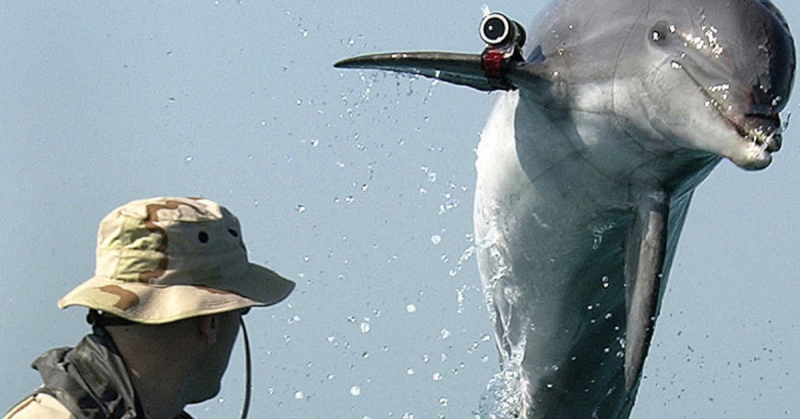The use of dogs and horses by the military is common knowledge but less well known is the fact that the military has trained both dolphins and sea lions for military use. The United States, Russia, Iran, and Ukraine are all countries that have trained these sea mammals for use in military situations.
Early in the 1960’s the United States military began training bottlenose dolphins and sea lions with the skills to detect mines and to help with the design of new submarines and other underwater weapons.
The sonar capability of the bottlenose dolphin and its high intelligence have proved to be very helpful in training them to locate underwater mines.
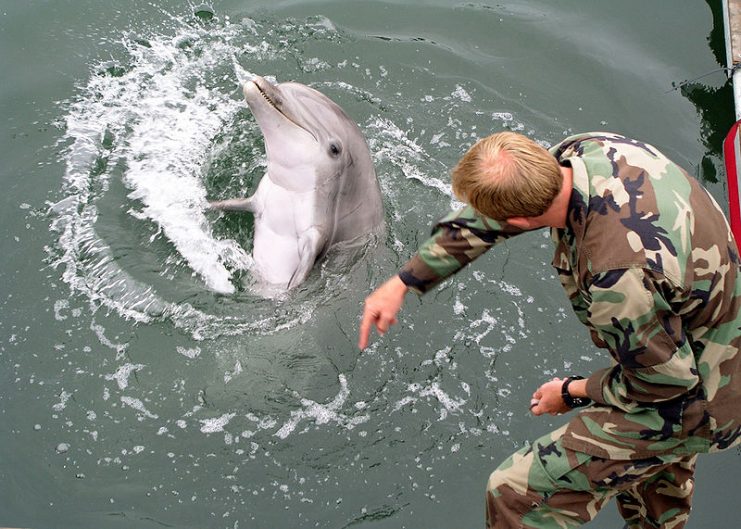
The head of the marine mammal research program at the University of Hawaii, Paul Nachtigall, said in an interview with National Geographic that bottlenose dolphins far exceeded the speed and accuracy of machines when locating objects on the seafloor.
The dolphins’ ability to send out a series of clicks and whistles and then to build a picture of its surroundings using the return echoes ensured that the mammals could find anything even in the murkiest of water. This was especially true when working inshore when the sounds from ships’ engines and the crashing of the waves generate a lot of interference. This caused the dolphins no problems, and they found their targets with unerring accuracy.
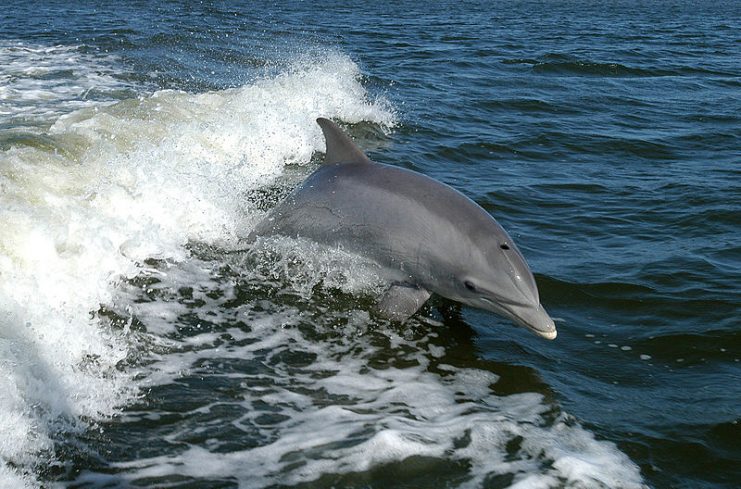
The most famous set of experiments done by Nachtigall was done with a bottlenose dolphin named BJ in the mid-1990s. BJ was trained to distinguish between different metals such as brass, aluminum, and stainless steel. Nachtigall hid 10-centimeter cylinders and asked BJ to retrieve the correct metal which he did every time.
Even burying the cylinders under just over a half a meter of mud did not faze this incredible creature and he found them every time. How the dolphins achieve this still baffles scientists, but it did catch the attention of the military.
California sea lions do not have echolocation capability, but the fantastic underwater eyesight of the sea lion made it invaluable for locating enemy swimmers. They were trained to search out objects lying on the seabed and to attach a lamp to the object.
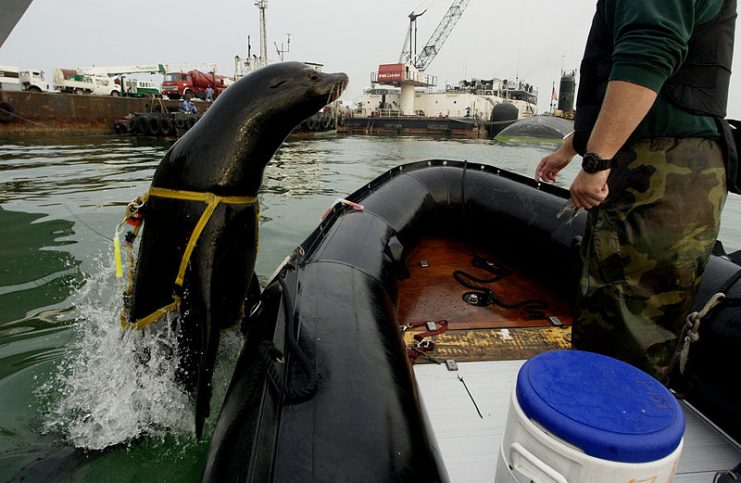
The animal’s handler would then use a line connected to the clamp to retrieve the objects. The animals were also found to be fantastic guards for sea-based installations as they could see any intruder on top of or under the water.
In 2011, the military put on a demonstration for the media in San Diego Bay in California. The Navy deployed their mammalian underwater guards, and they asked a former US Navy SEAL to try and infiltrate the base. The sea lions caught the intruder every time that he tried to infiltrate the base and sea lions managed to attach a clam to the diver’s leg which allowed its handler to reel in the diver like a fish on the line!
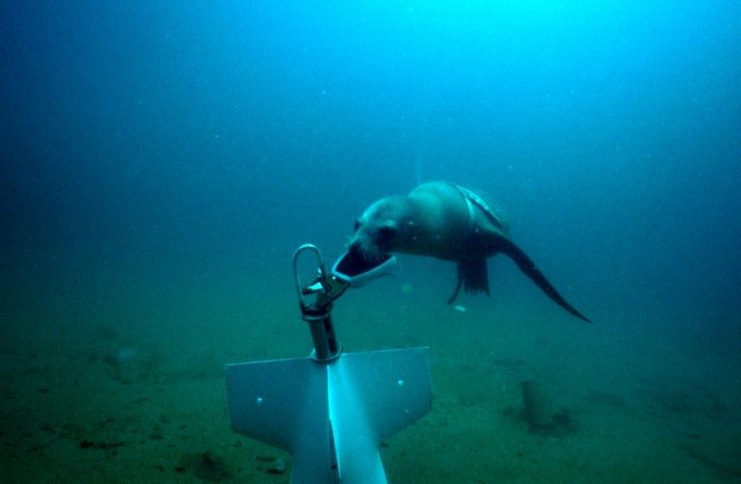
When the Soviet Union discovered, in the 1960’s, that the US was conducting tests using bottlenose dolphins and sea lions they began a comparable program. Retired Colonel Viktor Baranets said in an interview with AFP that the Americans had been the first to begin working with sea mammals but when the Soviet intelligence community discovered the work being undertaken by the USA, the Soviets were quick to follow suit.
The Soviet Navy opened their comparable research facility near Sevastopol at KazachyaBukhta in 1965. This base was handed over to the Ukrainian Navy at the fall of the Soviet Union and marked the end of the Russian research program. The base fell into disrepair, and reports show that 2,000 dolphins from the base were sold to Iran.
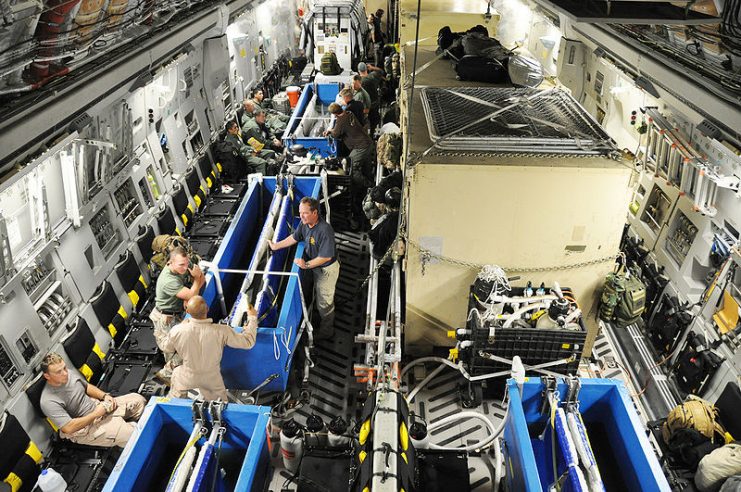
Their chief trainer continued with the research at an oceanarium in Iran. The station was resurrected by the Ukrainian Navy in 2012 and the research programs re-established, but when Crimea rejoined Russia in March 2014, the program returned to Russian control.
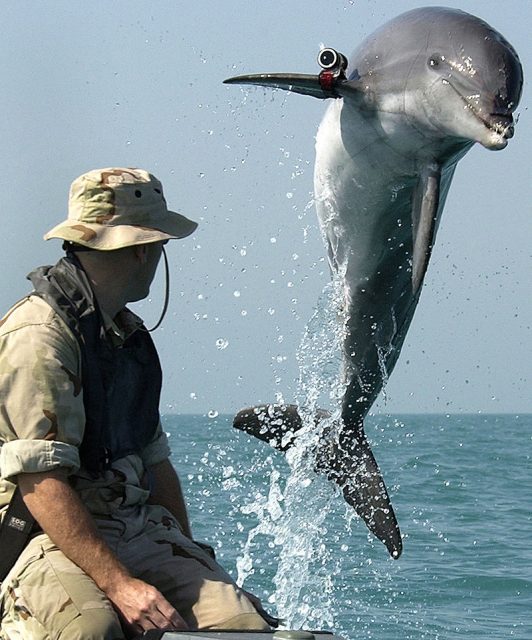
The Soviet program trained dolphins to not only search for objects but to also plant explosive devices on enemy vessels. They were also used to locate unexploded torpedoes and shipwrecks in the Black Sea.
The United States had, at the end of 2017, around 75 dolphins in training as well as sea lions at their base in San Diego, California. In 2007, the cost of this program was US$14 million. There are no available costs for the Soviet, Russian or Ukrainian programs except for a small newspaper piece that said the Soviets had paid £18,000 for five bottlenose dolphins.
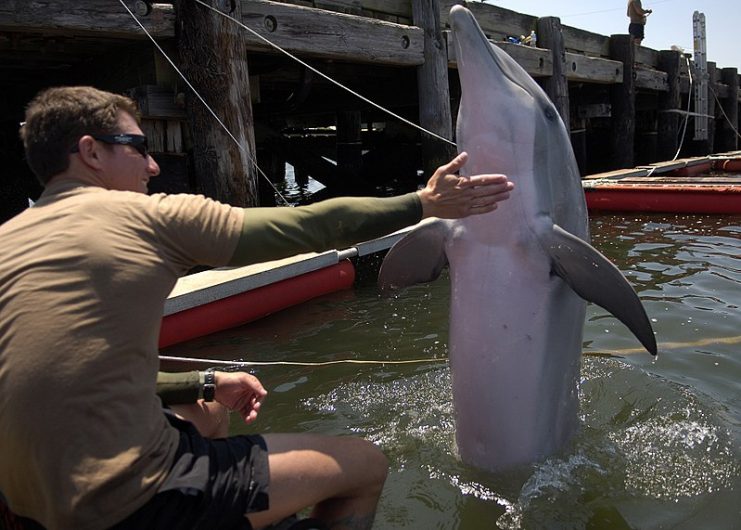
It is inevitable that the secrecy that surrounds these programs leads to many conspiracy theories about the use of these mammals in war. The United States denies emphatically that their program trains dolphins to injure humans or to deploy explosives or to fight against an enemy’s marine mammals. However, it is a documented that the US deployed their sea lions in the Gulf Wars. They were used in Bahrain in 2003 in support of Operation Enduring Freedom.
Not only have bottlenose dolphins and sea lions been extensively trained but tests have been carried out using some 19 species of sea animals, including sharks and seabirds. Many of these tests proved futile, but some have generated promising results.
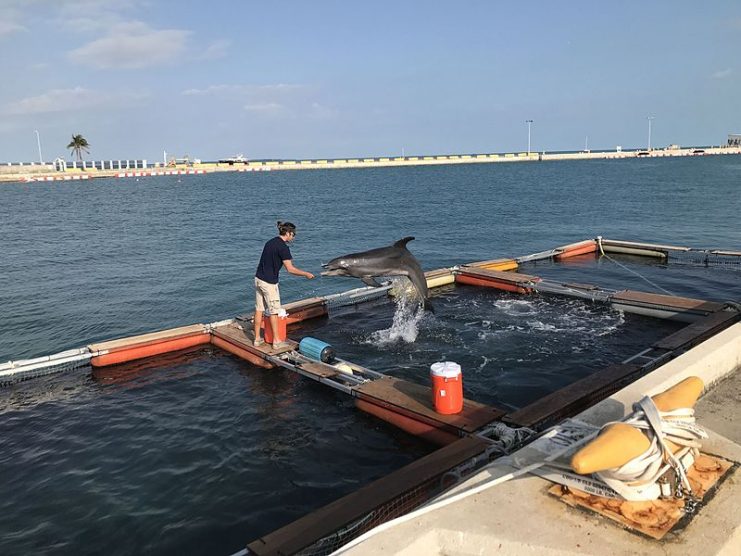
Read another story from us: Dogs of War: Man’s Best Friends During Wartime + 33 photos
The morality of using sea mammals for the support of the military can be argued ad infinitum, but the fact that these mammals have an unerring accuracy in locating objects or swimmers make them ideal for the protection of naval bases, both on land and at sea.
